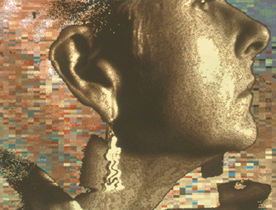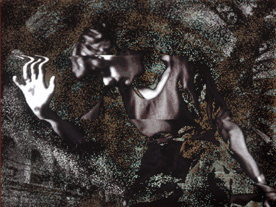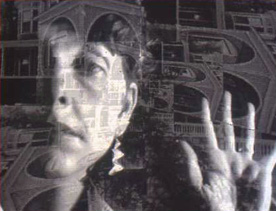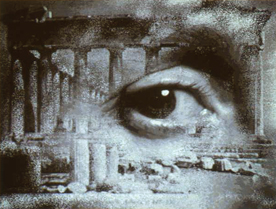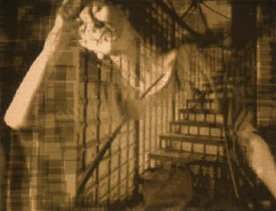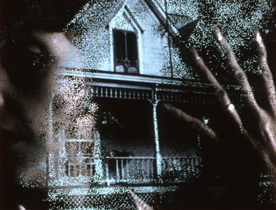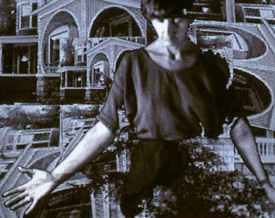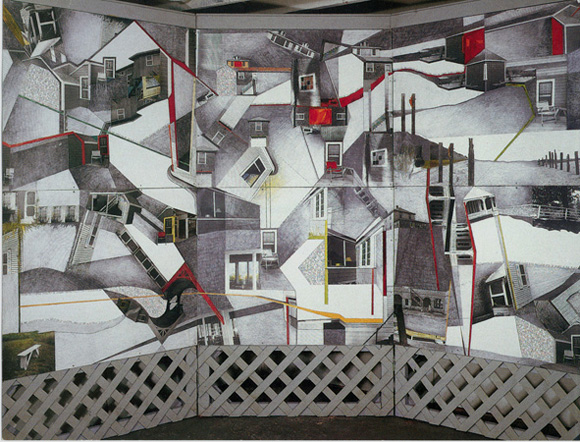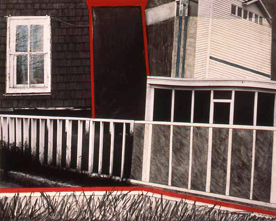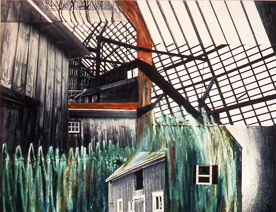TERRY GIPS / portfolios~projects~installations / about /
|
|||
This
selection of images comes from an extended series that investigates the relationship
between memory and architecture and also explores the computer as a memory
device. Created during 1987-91, each photomontage is printed as a 20"x24" Cibachrome. |
|
| |
|
|
|
|
No Hard Evidence followed smaller "photoconstructions" (two are above) and my move in 1984 to Washington, DC, from Washington, Vermont, a small town where I had lived for ten years on fifteen acres of land without electricity or running water. My life in Vermont was neither quiet nor idyllic: there was wood to haul, cut, and stack; water to pump; large gardens to plant, tend, and harvest; snow to plow and tricky winter roads to negotiate on my way to teach at Goddard College and the University of Vermont. |
The nation's capital was very different and its chaos spilled over into my studio work. Living just five miles from the US Capitol made me pay attention to information in new ways. No Hard Evidence came from the phrase I often heard as I listened to the PBS news program, All Things Considered. I was amused and dismayed by the twists and turns of language used to report the "news" of the day; Ibegan to create a parallel in No Hard Evidence, piecing together various news sound bites to create a disorienting crazy quilt of words and images. | |
